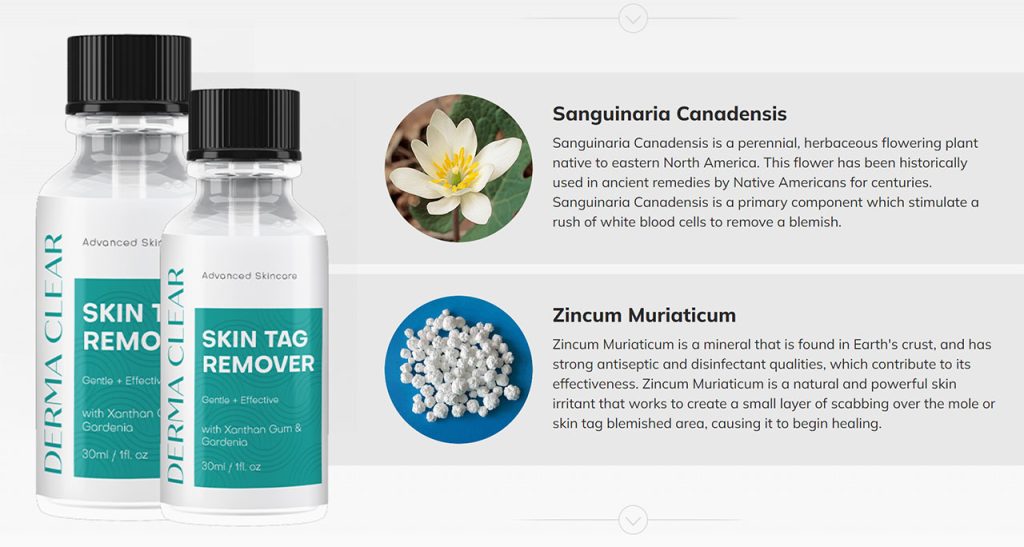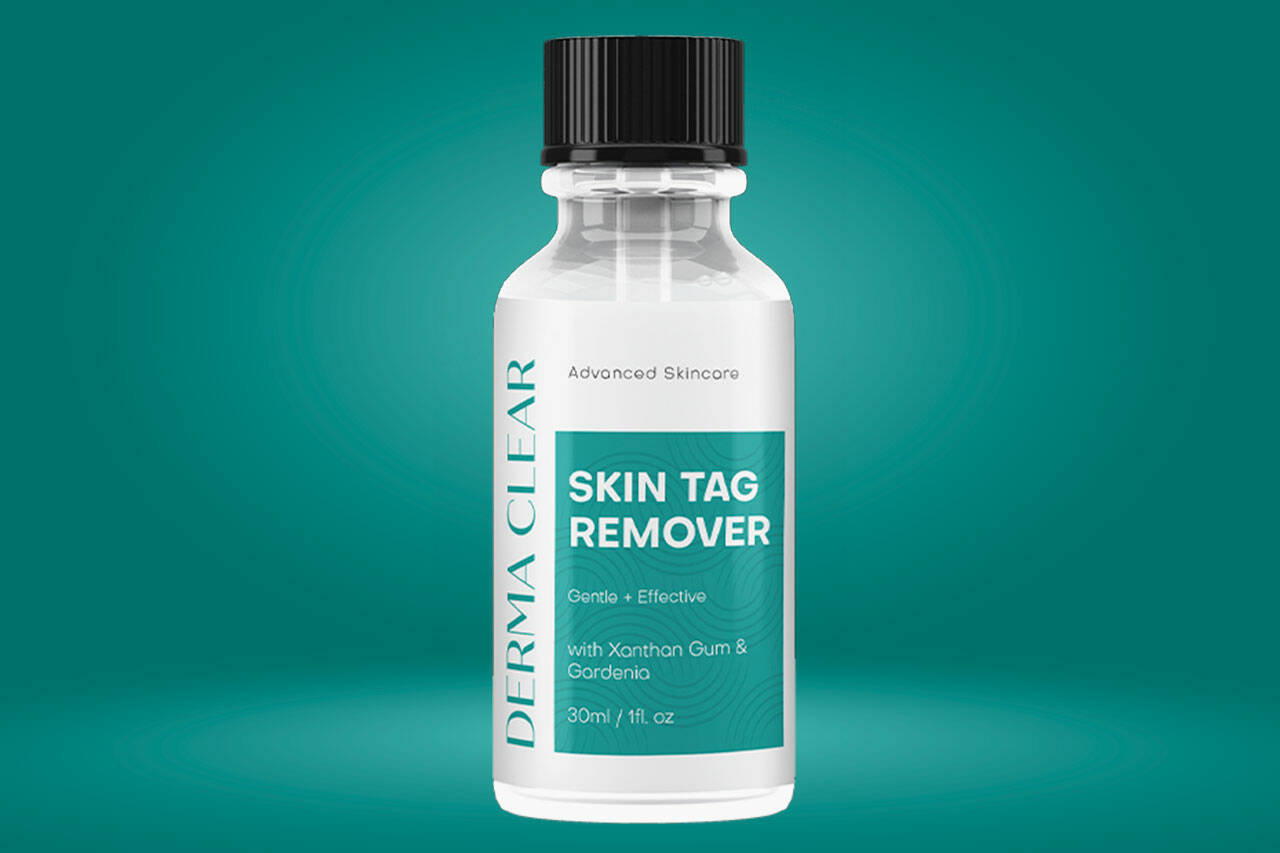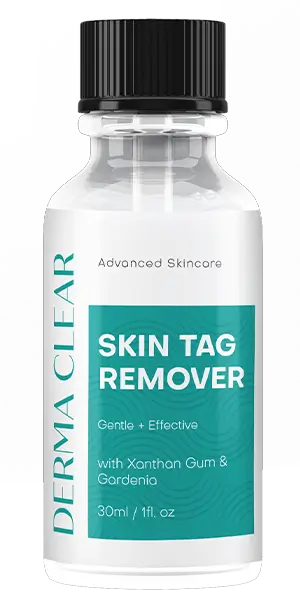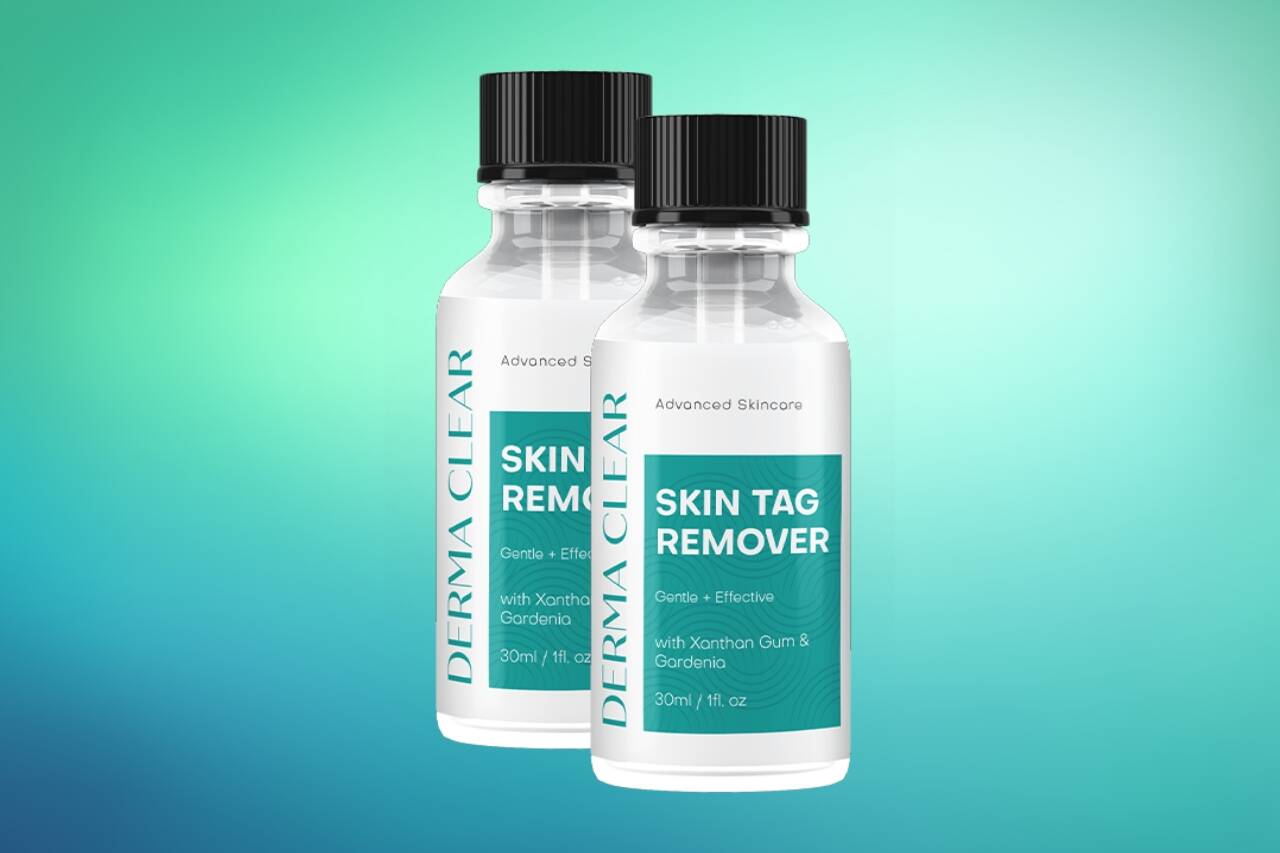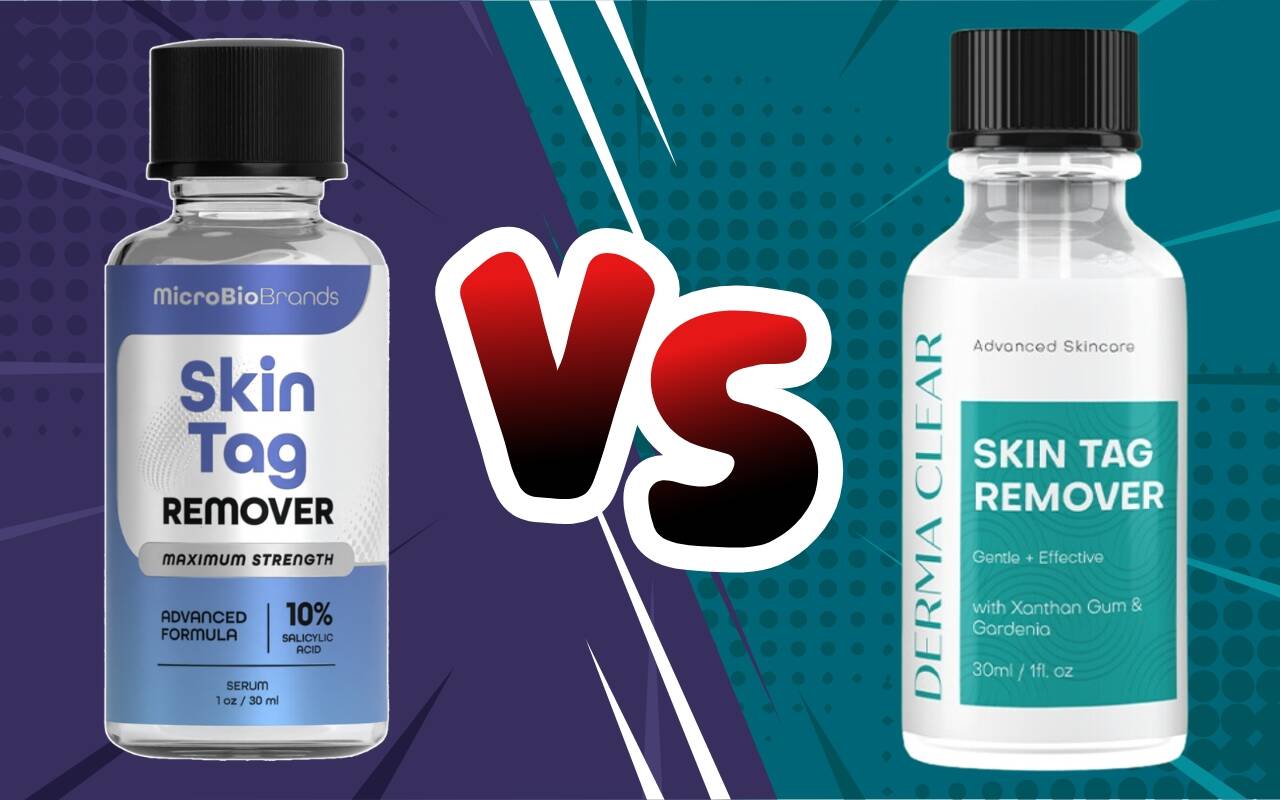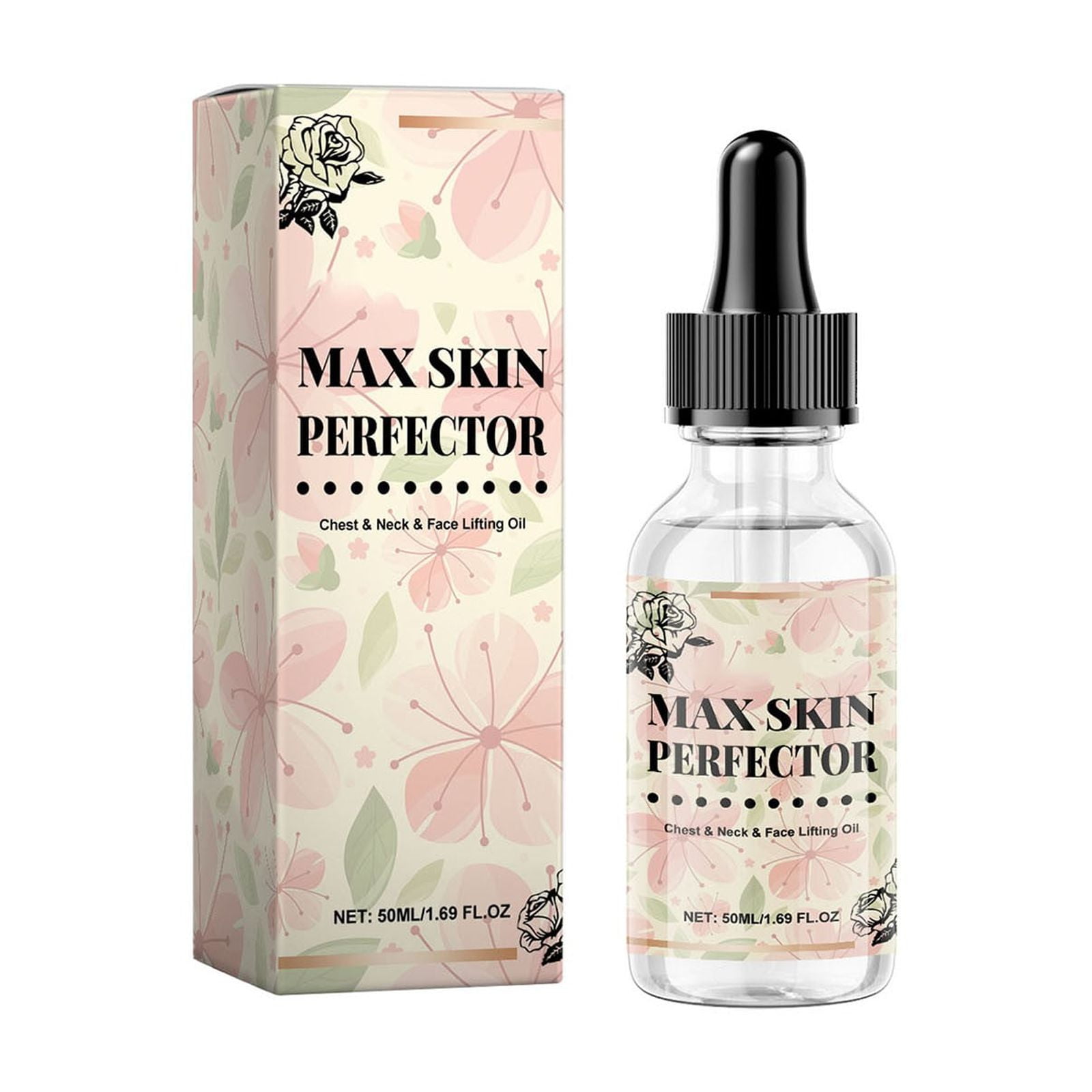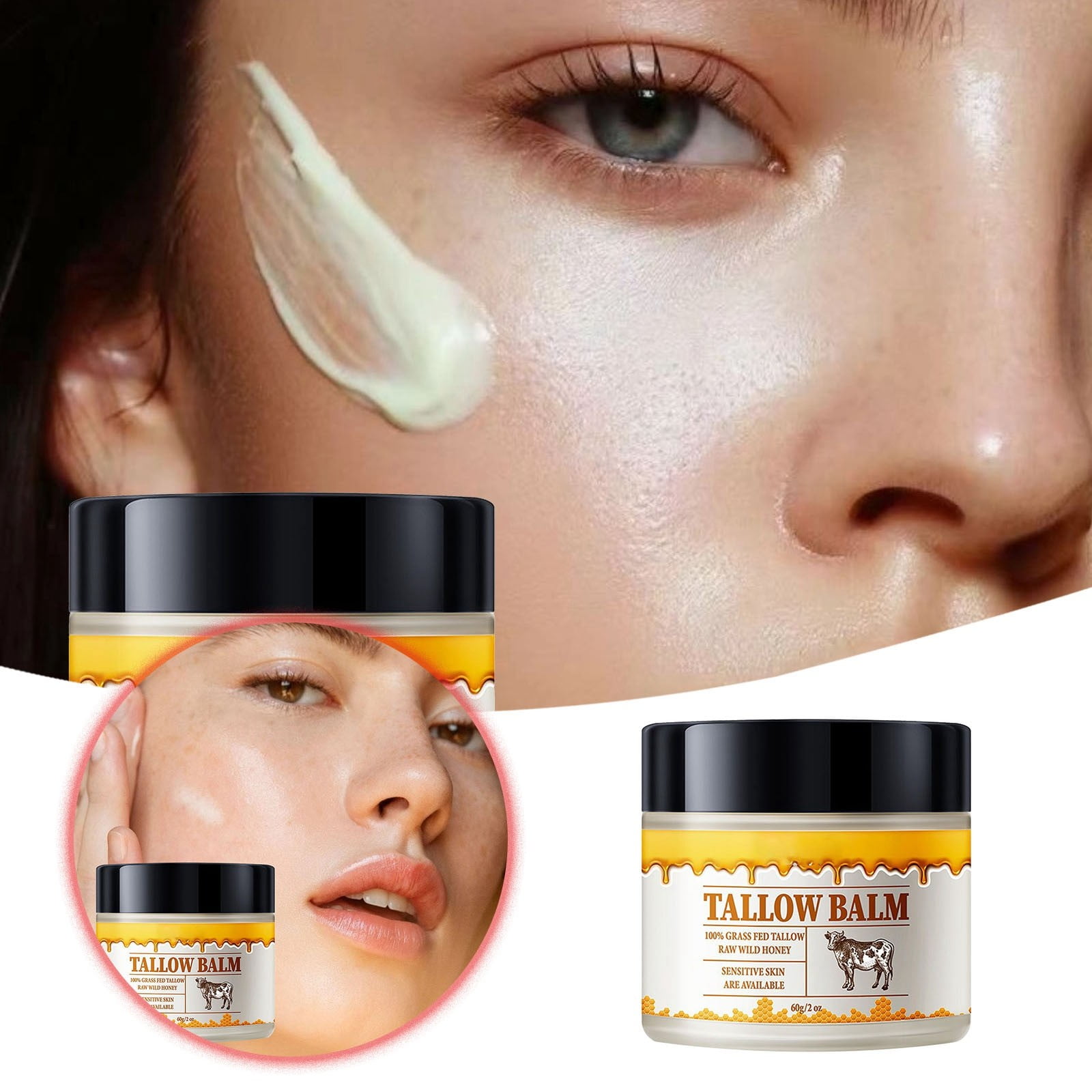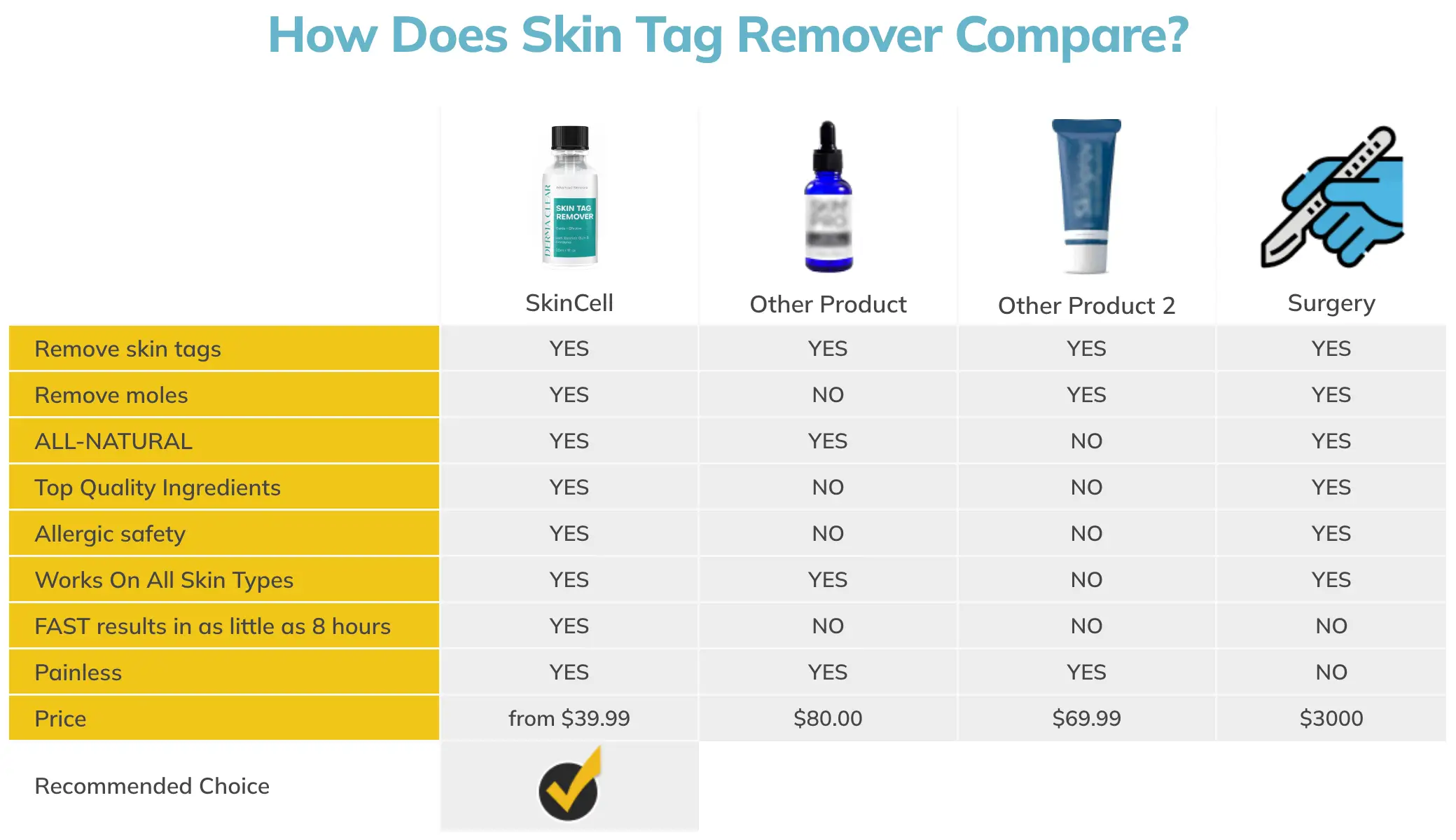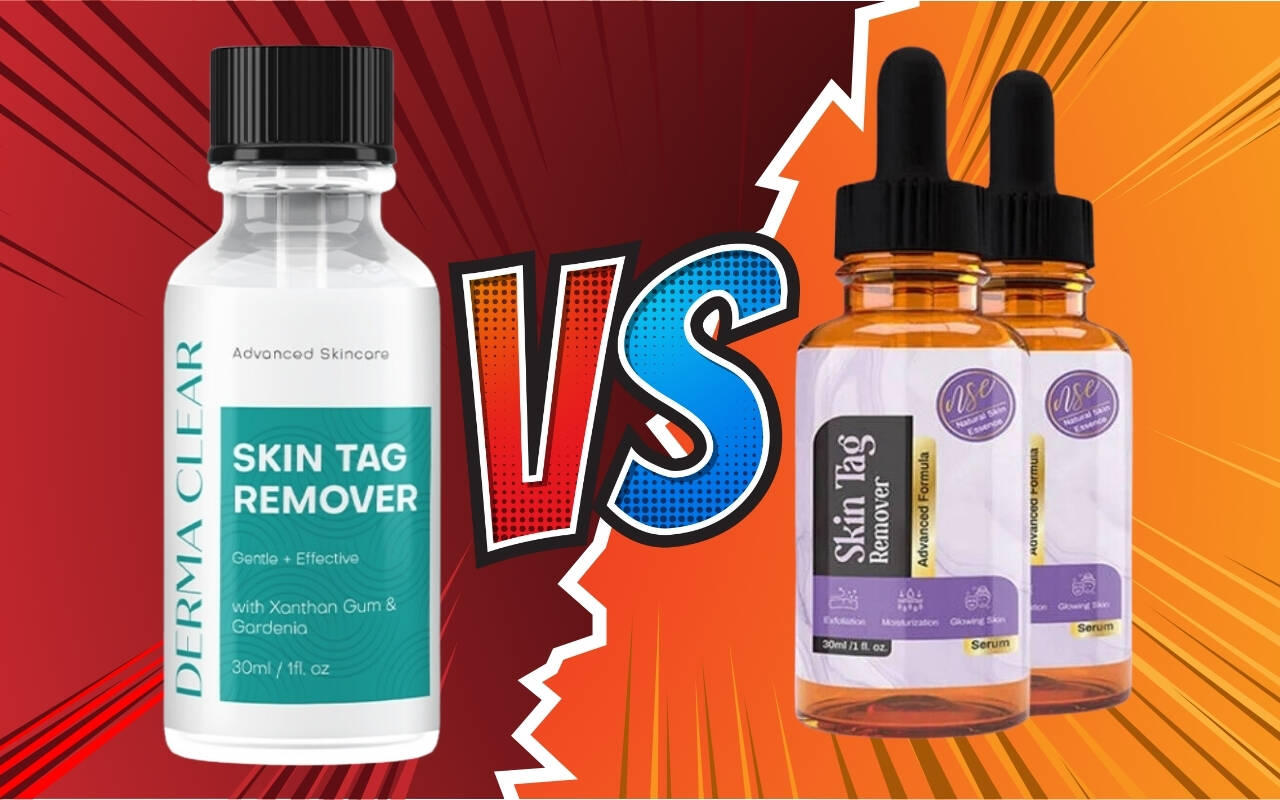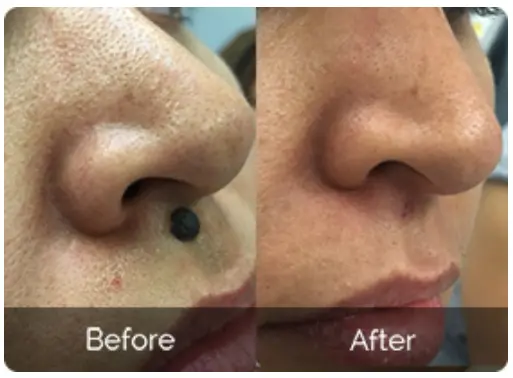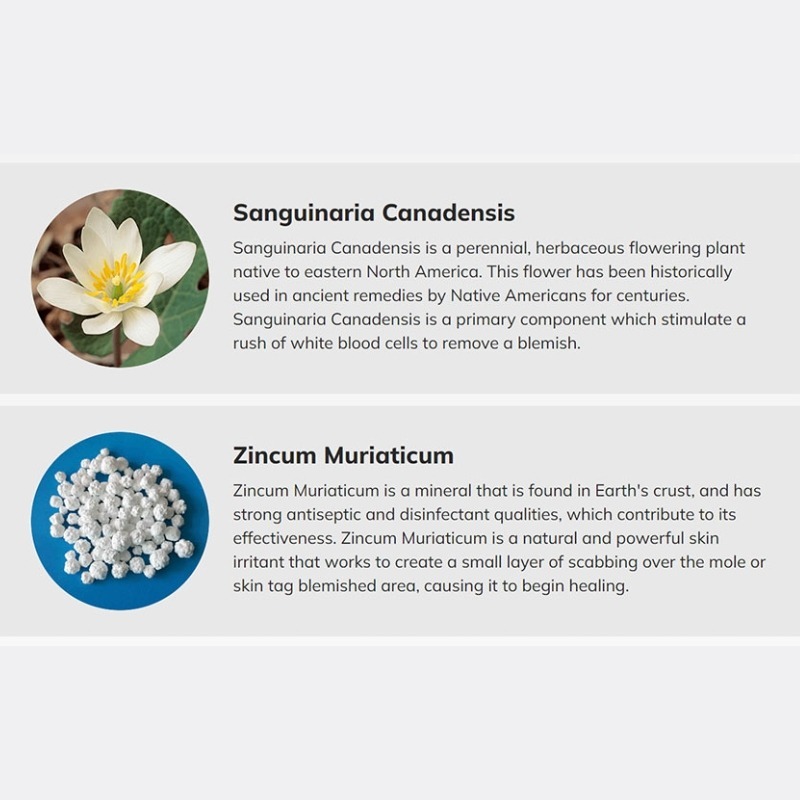Derma Clear V2 Skin Tag Remover

The market for over-the-counter skin treatments has recently seen the rise of Derma Clear V2 Skin Tag Remover, a product claiming to offer a simple and effective solution for removing skin tags at home.
The introduction of such products raises questions about their efficacy, safety, and the potential impact on consumer health and dermatological practices.
What is Derma Clear V2?
Derma Clear V2 Skin Tag Remover is marketed as a topical solution designed for self-administration to remove skin tags.
Advertisements suggest it offers a painless and scar-free alternative to professional medical procedures like cryotherapy or surgical excision.
The product's online presence consists of various websites and online marketplaces, making accessibility widespread.
Key Ingredients and Claims
While specific formulations can vary, common ingredients advertised in similar skin tag removal products often include natural extracts and acids.
Salicylic acid is a frequent component, known for its exfoliating properties.
However, Derma Clear V2's specific formulation is not explicitly stated across all promotional materials, making a detailed ingredient analysis difficult.
Expert Opinions and Concerns
Dermatologists are expressing caution regarding the unsupervised use of skin tag removal products like Derma Clear V2.
"While some over-the-counter treatments might address minor skin irregularities, it's crucial to have a professional diagnosis," explains Dr. Anya Sharma, a board-certified dermatologist at the National Dermatology Institute.
"What appears to be a skin tag could potentially be a more serious skin lesion requiring different treatment."
The Risks of Self-Treatment
One of the primary concerns is the potential for misdiagnosis.
Attempting to remove what is believed to be a skin tag without professional evaluation carries the risk of overlooking malignant growths such as skin cancer.
Furthermore, improper application of topical treatments can lead to skin irritation, inflammation, scarring, and even infection.
Regulatory Oversight and Consumer Protection
The sale and marketing of skin care products are subject to regulations by governmental agencies like the Food and Drug Administration (FDA).
However, the online marketplace can be challenging to police effectively, leading to the proliferation of products with unsubstantiated claims and potentially harmful ingredients.
Consumers are advised to exercise caution and carefully research products before use, paying close attention to ingredients, potential side effects, and manufacturer credibility.
A Consumer's Perspective
Sarah Miller, a 35-year-old from Ohio, shared her experience: "I was tempted to try Derma Clear V2 because the doctor's appointment felt too expensive and time-consuming."
"But after reading more about the potential risks, I decided to see a dermatologist instead."
"Turns out, it was a good decision because the doctor found another mole that needed monitoring."
Alternatives and Professional Treatments
Several safe and effective methods for skin tag removal are available through licensed healthcare providers.
These include cryotherapy (freezing), surgical excision, electrocautery (burning), and ligation (tying off the base of the skin tag).
These procedures are typically performed in a clinical setting, ensuring proper sterilization and minimizing the risk of complications.
The Importance of Informed Decisions
The availability of products like Derma Clear V2 Skin Tag Remover underscores the importance of informed consumer choices.
While the allure of a quick and affordable solution is understandable, prioritizing safety and seeking professional medical advice is paramount.
Consulting a dermatologist can provide accurate diagnoses, personalized treatment plans, and peace of mind.
Looking Ahead
The trend towards at-home cosmetic procedures is likely to continue.
Enhanced consumer education, stricter regulatory oversight, and increased transparency from manufacturers are crucial to ensure public safety.
Consumers must be encouraged to approach self-treatment options with caution and prioritize evidence-based healthcare practices.

